The Vedic and later Indic thought delved into the idea of reality of the trinity. This is not the Christian view of God as a Trinity but rather a much deeper and substantive theory of trinity. There are three worlds (“Triloka”), three cosmic principles (“Triguna”), Three Genders in Sanskrit, Gods of Three Regions, Time in Three divisions, Three principles of being (Cit, Acit, Brahman), Three Bodies (Stula, Sukshama and Karana) and so on. My view is that since the language of Sanskrit and most of the ancient Indo-European languages have all words broken into three genders (masculine, feminine and neuter), their worldview is also aligned with the three. Rta, the cosmic order or Truth, was also broken into three spheres in the Vedic context: Cosmic, Moral/Ethical and Ritual. Each of these spheres influence and connect to each other and their imbalance causes the rising of Anrta or Un-truth linked to the Danavas and later Asuras. The ritual and moral functions help to uphold the Cosmic function of Rta. As Rta is one of the most pervading and pivotal concepts in Vedic literature, along with Dharma, we will deal with the full expanse of both these terms in a later post and podcast.
George Dumezil, a French Indo-European Scholar and one of the most respected mythologists in the modern era, postulated a tripartite theory of all Indo-European mythology and thought to base it on the oldest existent Indo-European texts. He theorized that there were three primary functions in the Indo-European worldview: Sovereignty, Military, and Productivity. He linked these to the varnas of Brahmana, Kshatriya, and Vaishya. He considered Shudras to be a serf like community, I don’t think this particular aspect of his theory, in regards to the varnas, holds up very well and seems a bit forced. That being said, Dumezil’s contribution is that he took this theory and applied it to all Indo-European thought but the theory itself has been prevalent in the Vedas and subsequent commentators in the Vedic tradition from its inception.
A modern scholar, Subhash Kak, a Professor of Computer Science and additionally an expert in Sanskrit and Vedic thought, has similarly stated that cosmic/universal idea of trinity has connections to the human being: body (deha), breath (prana) and mind (manas). These three mirror the Triloka: Prithvi (earth), Dyaus (air) and Akasha (space). The connections are easy to see, the earth like the body is made of physical material, the sky like breath is linked to life, and space like the mind is linked to the immaterial expansive cosmos. Similarly, amongst beings, there is acit (non-conscious) linked to earth and body, cit (consciousness) linked to sky and breath and finally, Brahman (the foundation of being) linked to space and mind, both which are all encompassing and infinite. It is the movement from gross to subtle, from the outer reality to inner reality.
The Satapatha Brahmana (conservatively dated by most western scholars to around 1000-700 BCE and by Subhash Kak and other scholars some western and others Indian to various periods in the 2nd millennium BCE) in Book 11 5th Adhyaya 8th Brahmana says the following:
“In the Beginning, only Prajapati alone existed. He desired “May I become many, may I be created” and he performed many austerities. From him, by his austerities, the three worlds of Prithvi, Antariksha (space) and Dyaus were created.
He energized these three worlds, from these three worlds, energized by him, were born the three lights: Agni (fire), Vayu (he who blows) and Surya (the sun).
He energized these three lights, from these three lights, energized by him, were born the three Vedas: Rg by Agni, Yajur by Vayu and Sama by Surya.
He energized these three Vedas, from the three Vedas, energized by him, were born the three heated ones: Bhu from Rg, Bhuvah from the Yajur and Svah from Sama.”
Agni represents the deities connected to earth, Vayu represents the deities connected to the atmosphere such as Indra, Rudra and the Marutas and finally, Surya represents the deities connected to space such as the Adityas including Varuna, Vishnu, and Mitra. In a similar way Om is composed of three syllables A, U, and M. All things are therefore arising from One into three. The three syllables come together and form a unity Om, the underlying One, known in Sanskrit as Pranava or the First.
Another important and foundational concept is the idea of trayaguna or the three Gunas: Sattva (Stability), Rajas (Action) and Tamas (Entropy). These three Gunas or qualities are so pivotal to the foundation of Vedic thought that they permeate everywhere. Everything in existence is composed of variations of the three Gunas, including material substances, thoughts, actions, mental phenomena, spiritual experiences and so on. All sciences and philosophy in the Vedic framework are connected to these Gunas. From the interaction of Purusha (Consciousness) and Prakriti (Material) are born the three Gunas, they are the foundation of existence. This is another topic that deserves a more nuanced discussion and exposition, which we will take up in a future post and podcast suffices to say that they are so important that they are intricately discussed by Krishna in the Bhagavad Gita.
The reality of three includes all contradictions within it, it is a simply a way to organize and understand the world. It is the interplay between and inside of this traya (three) framework that much of the Vedic knowledge engages with understanding existence. The Mahabharata, the compendium of Vedic thought, symbolism, and knowledge, is structured around this trinity. It is broken into 18 Parvas or books, the battle is between 18 akshauhinis, the Gita is in 18 chapters, there are 3 times the Mahabharata is told (1st by Vyasa to his students this version is called Jaya, then Vaishmapayana to Janamejaya at the Sarpa Yagna or snake sacrifice this version is called Bharata and finally by Ugrashravas Sauti to Sage Shaunaka in the Naimisha Forest which is called Mahabharata), there are three spheres the Mahabharata narrative operates Cosmic (battle between the Devas and Danavas), physical (battle between Pandavas and the Kauravas) and internal (battle between the Atma and the Indriyas or the senses), it is the story of the three Krishnas (Krishna Dwaipanyana Vyasa, Krishnaa Draupadi, and Krishna Vasudeva), it is the interplay of the teller, listener and the story itself and there are many other tripartite levels.
Most fundamentally, the three refers to the origin, becoming and the end of all things. The traditional puranic concept of Trimurthi represents these functions: Brahma as the Creator, Vishnu the Preserver and Shiva the Destroyer. From Brahma comes this universe and all other universes, Vishnu protects, maintains and oversees proper functioning of these universes and when the imbalance becomes too much takes on an Avatara (“crossing over from above”) and then when the time comes Shiva takes on the form of Kala Bhairava or Fearsome Time and destroys the universes so that the cycle can begin anew. Krishna, the most well-known Avatara of Vishnu, says in the Gita:
“Aham Atma Gudakesha Sarva Bhutasaya Sthitah
Aham Adis Cha Madhyam Cha Bhutanam Anta Eva Cha”
I am the Atma seated in all beings, O Conqueror of Sleep,
I am the origin, becoming and the end of all beings.”
All beings and things are created, continually become and then hurtle towards their inevitable end. It is this entire process of nature that the tripartite framework tries to explain in different ways, the existent universe is about two extremes and the middle that exists between them and connects them, it is the process and the spectrum of all things within it. This trinity of reality is outside of us, connecting us and in us, we are it.
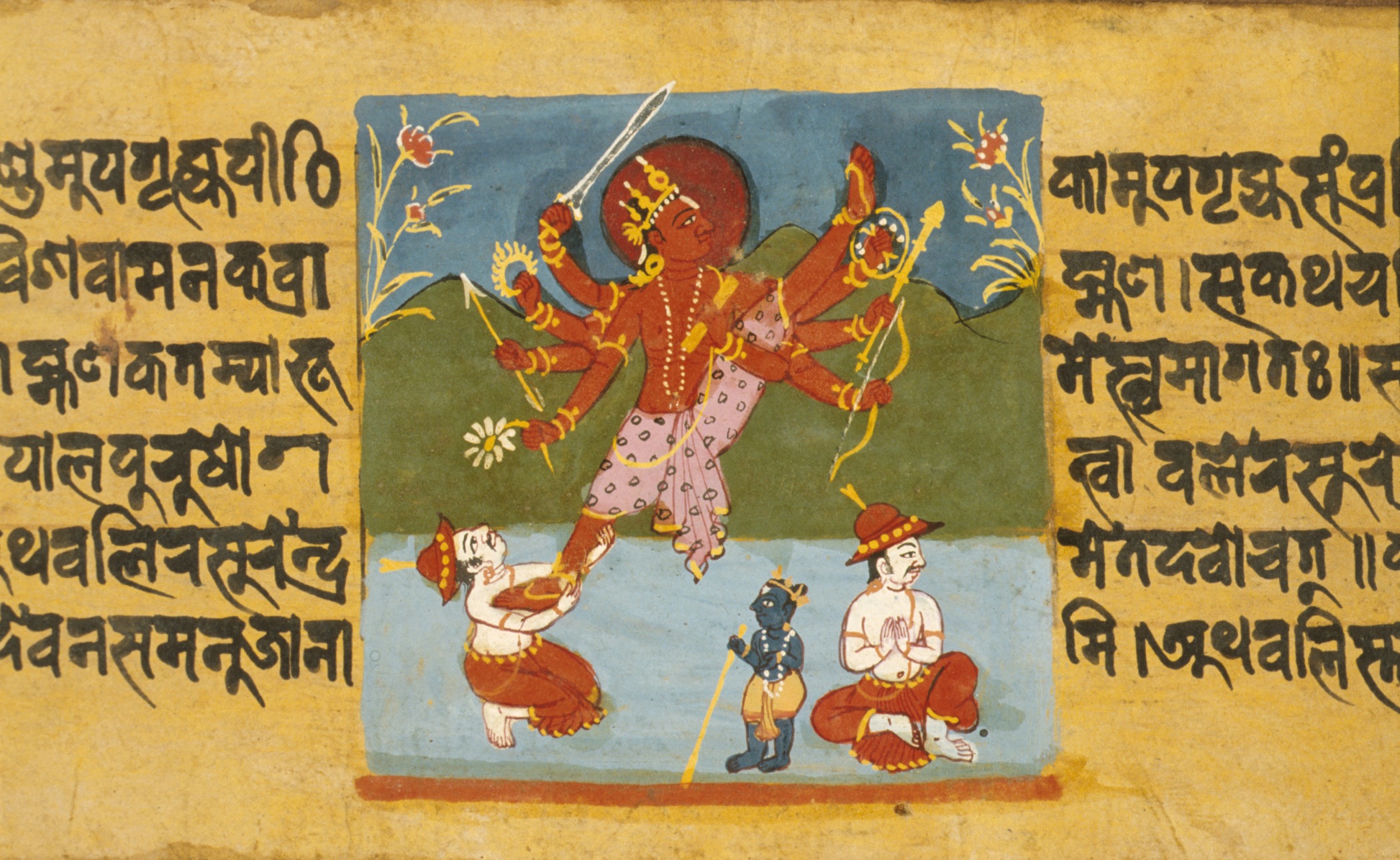

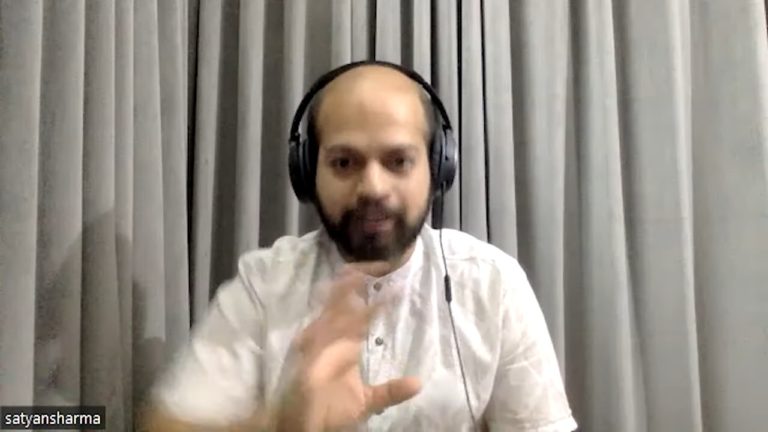
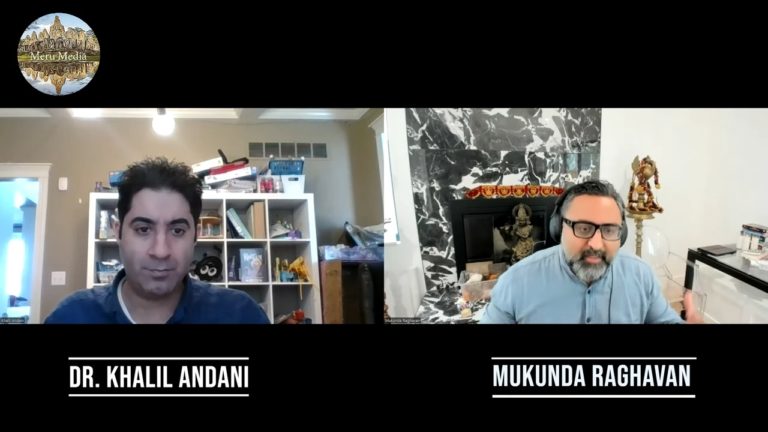
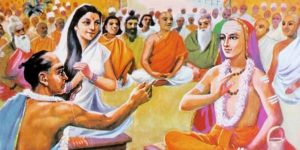
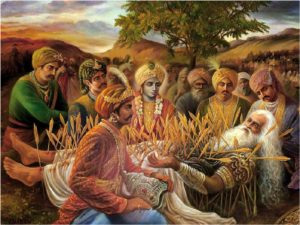
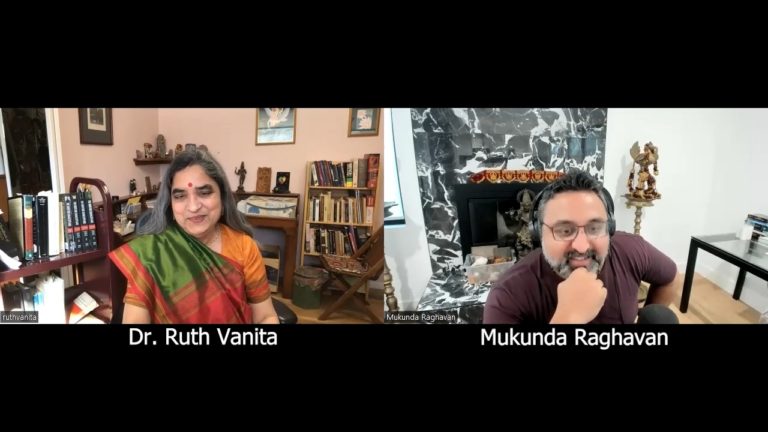
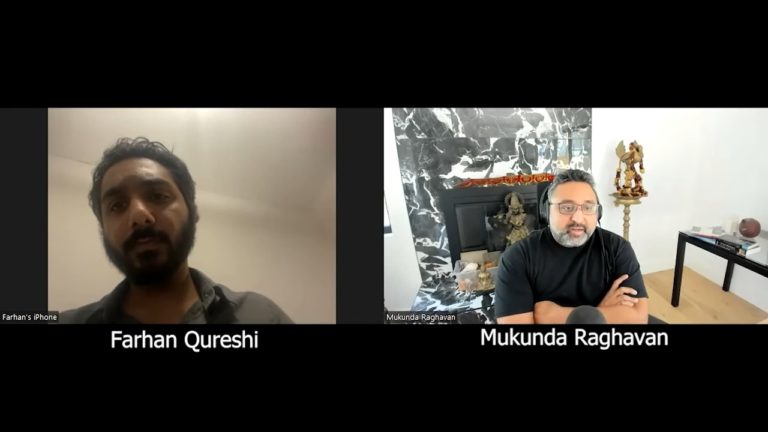
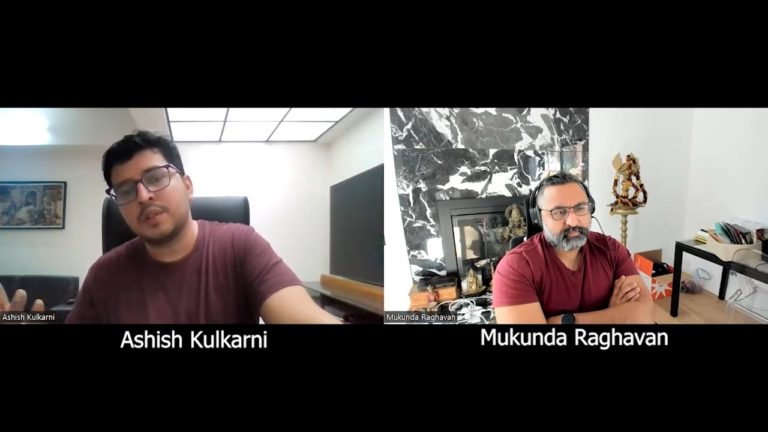
+ There are no comments
Add yours